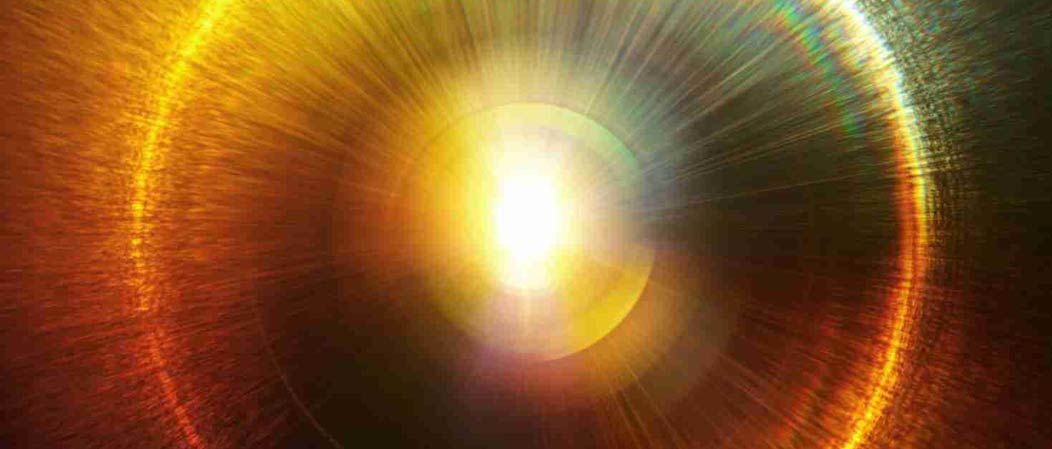 Detail
DetailDeposition
Independent of all deposition techniques the handling of the substrate is one key parameter. It has to be kept under clean conditions after the surface has been prepared to be clean, well-ordered and correctly oriented. During the deposition process it has to be precisely defined in temperature (either at room temperature or heated above or even cooled below this) and geometry to allow for a homogeneous growth of the correct material in its desired phase.
Molecular Beam Epitaxy (MBE):
For MBE a laminar constant flow of one or several types of atoms or molecules is produced and directed to the sample surface from flow optimized thermal evaporation sources. The film thickness is controlled by characterizing the flow using a flux monitor (BAF) or a quartz crystal microbalance (QMCB). The sticking coefficient (ratio of deposited to impinging atoms or molecules) has to be known to recalculate this flux information into a film thickness. By additional use of RHEED, Ellipsometry or other in-situ methods the real thickness of the deposited film can be determined. Because of the excellent vacuum conditions and the well defined flows, fluxes and temperatures the film quality is excellent, in case the material can thermally be evaporated and deposited. It is very common in semiconductor industry.
Physical Vapour Deposition (PVD):
PVD works similar as MBE, but at less defined conditions and giving up the condition, that the deposition has to be entirely from thermal evaporation sources. The atoms or molecules can also be from magentron sputtering sources or electron beam evaporators. This limits the precision and quality of the deposited films, but tremendously widens the choice of materials to those, that cannot be thermally evaporated, are degrading or decomposing under thermal heating, need a reactive gas environment to form or are evaporating at extremely high tempertures, that thermal evaporators cannot realize.
Pulsed Laser Deposition (PLD)
Composite materials, like oxides, often cannot easily be evaporated or reactively sputtered with precise stoichiometries. In these cases the evaporation using short laser pulses and the subsequent depostion onto a substrate is the key for well-defined stoichiometric films.
Chemical Vapour Deposition (CVD)
Some compounds cannot be deposited by physical methods at all, but only by chemical reactions of precursor molecules, either delivered from the gas phase or from a liquid supply on the sample surface by thermal activation or plasma excitation. Often metal-organic (MO) precursors are used. In this case the method is named MOCVD.
Atomic Layer Deposition (ALD)
In case the precursors known from CVD are dosed via a shower-head like supply giving a constant homogeneous flow and the precursors are supplied using fast-switching valves and a purge gas in between, that stops the reaction and thus the deposition, a true layer-by-layer growth can be realized. This technique is named ALD.
